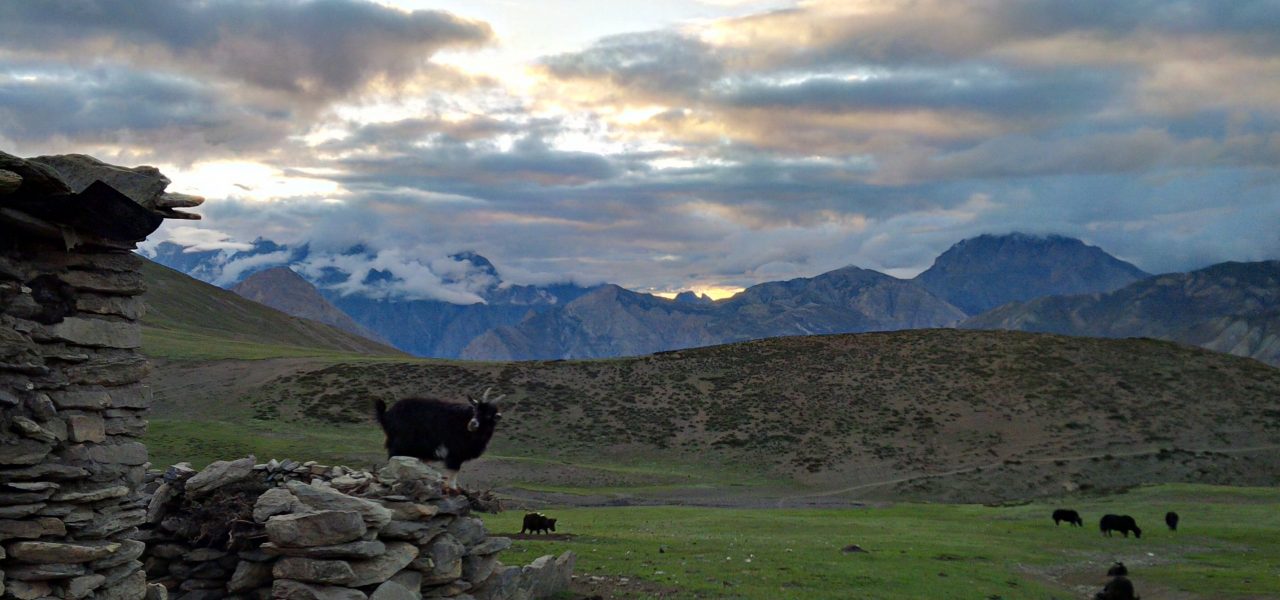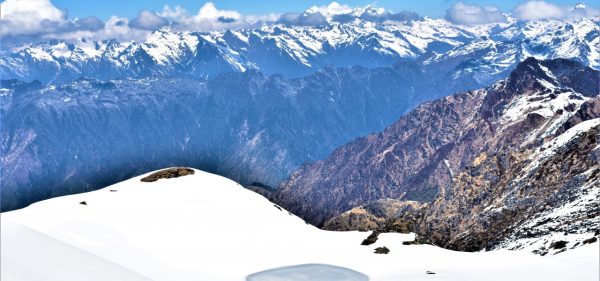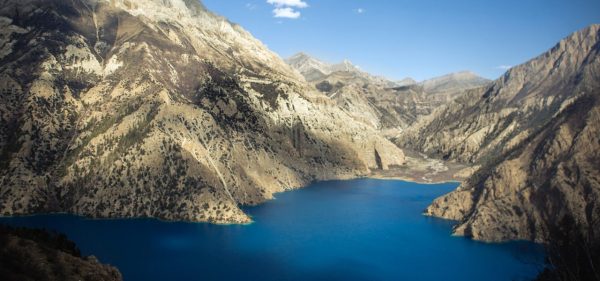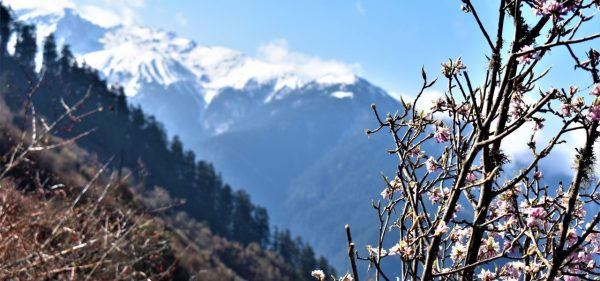After early breakfast, we will start our fresh morning by wandering Ason and Indrachowk marketplaces to get a glimpse of traditional Nepalese life. You’ll witness the bustle of the market, see how locals purchase the products and haggle for a bargain. Whilst walking around enjoy the lively and vibrant atmosphere this local market has to offer.
We walk through a narrow alley and see people rushing. Observe the first hand the local produce people from Nepal actually purchase. You will also take in the sights and smells of the market. Your friendly tour guide will explain in full detail all the products and procedures you will see. There is plenty of opportunities to buy something for your selves and lots of photo opportunities to capture in your camera.
Next, we head towards Kathmandu Durbar Square, also called Hanuman Dhoka Durbar, and used to be the residence of the Nepali royal family and administrators. This ancient sites situated in the traditional heart of Kathmandu that incorporates an architecturally extraordinary complex of ancient palaces, temples, courtyards, and shrines dating from the 15th to the 18th century.
The most revered places of Kathmandu Durbar Square is the three-storied temple named Kumari Bahal. The structured like a typical Newari Vihara. In this house lives Kumari, a girl who is respected as the living goddess. During the festival of Indra Jatra, the Kumari is paraded around the square in a custom-built gilded chariot and worshipped by the people.
The tallest temple of Kathmandu valley ‘Taleju Bhawani’ built in 1549 AD. This temple is deliberated to be the most outstanding work of art in the Durbar square and considered to be the royal goddess.
Jagannath temple built in 16th century is well-known for erotic carvings, and the Hanuman Dhoka (the royal palace) is situated in Kathmandu Durbar Square.
Kalbhairav is considered to be the destructor form of Lord Shiva. Built in the 17th century, this, 10 ft. high stone statue of terrifyingly portrayed Kal Bhairav is sited near Jagannath temple.
Temple of Shiva Parvati, rectangular in shape enshrines Nava Durga, a group of goddesses on the ground floor. It has a wooden image of Shiva and Parvati at the window of the upper floor looking out at passerby in Durbar Square.
Swayambhunath:
You are then taken to Swayambhunath (monkey temple) which is the magnificent ancient religious architecture and center faith of Hinduism and Buddhism. Its lofty white dome and dazzling golden spire are visible from far and wide. Upon arriving at the top, you can hear the Buddhist songs “Om Mani Padme Hum” resound everywhere. The candles and the aromatic fragrance of incense that burns constantly create a serene vibe and we can turn the enormous prayer wheels which encircle the stupa.
Boudhanath:
Buddhist shrine of Boudhanath, one of the largest stupa in Nepal as well as the sacred Buddhist sites in Kathmandu. You will observe the monk chant in the prayer hall while people lighting butter lamps and reciting mantras. You can see the vibrant prayer flags tied to the stupa that conveys mantras and prayers into the universe while fluttering in the wind. Traditionally, prayer flags come in sets of five, one in each of five colors. The five colors signify the elements and the Five Pure Lights.
Pashupatinath:
Further, we visit Pashupatinath temple, a Hindu shrine dedicated to Lord Shiva located on the bank of Bagmati River. You can see elaborately dressed holy men meditating outside the temple and pilgrims placing offerings at the shrines. You can also observe people performing the religious ritual and funeral pyres burn at open-air cremation. After visiting fascinating cultural heritage sites, you will transfer back to the Hotel. The evening can either be spent strolling the marketplaces in Kathmandu or resting at the hotel.



 Altitude:
6143 m/20,154 ft.
Altitude:
6143 m/20,154 ft.
 Difficulty:
Strenuous
Difficulty:
Strenuous










